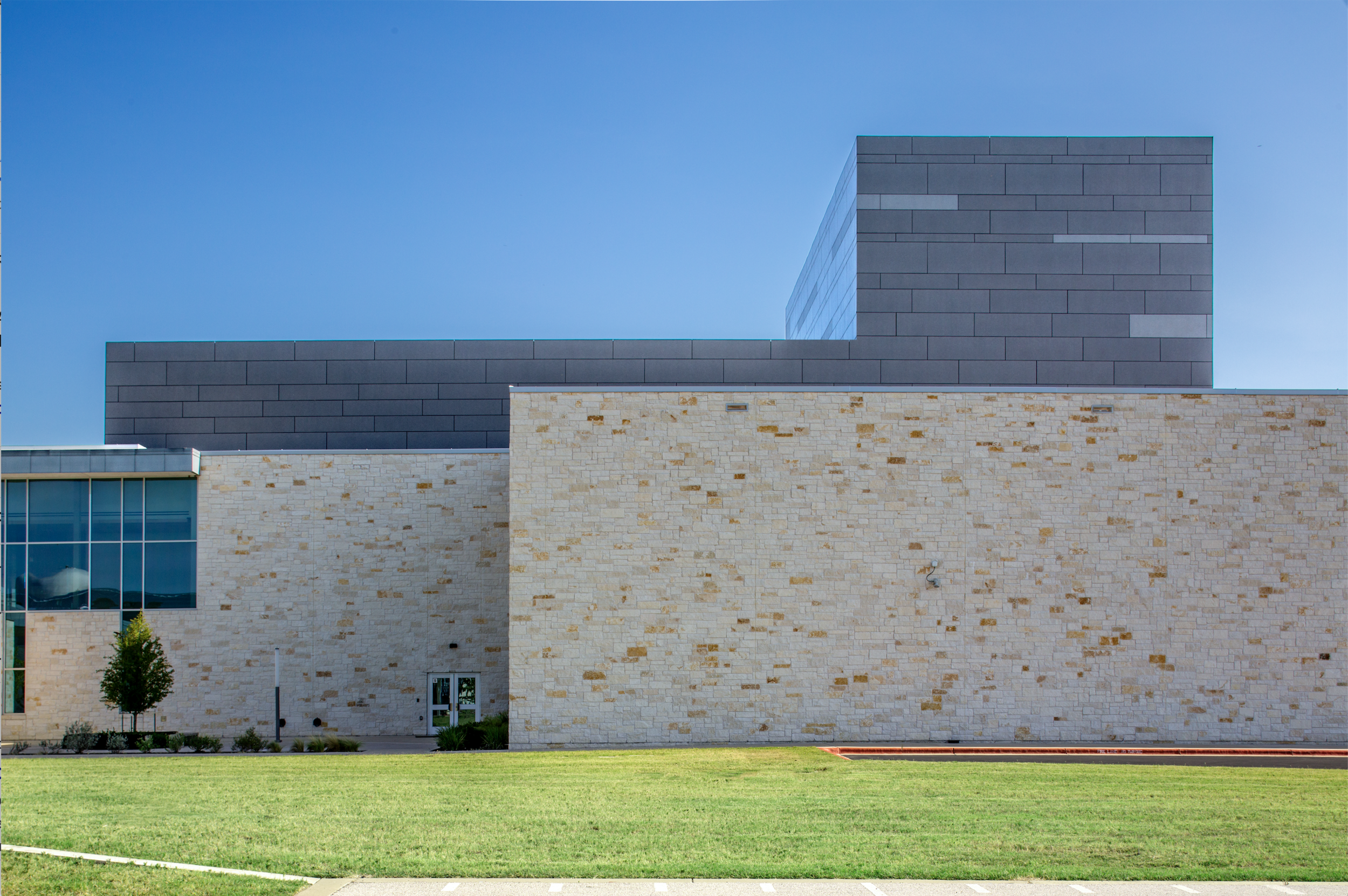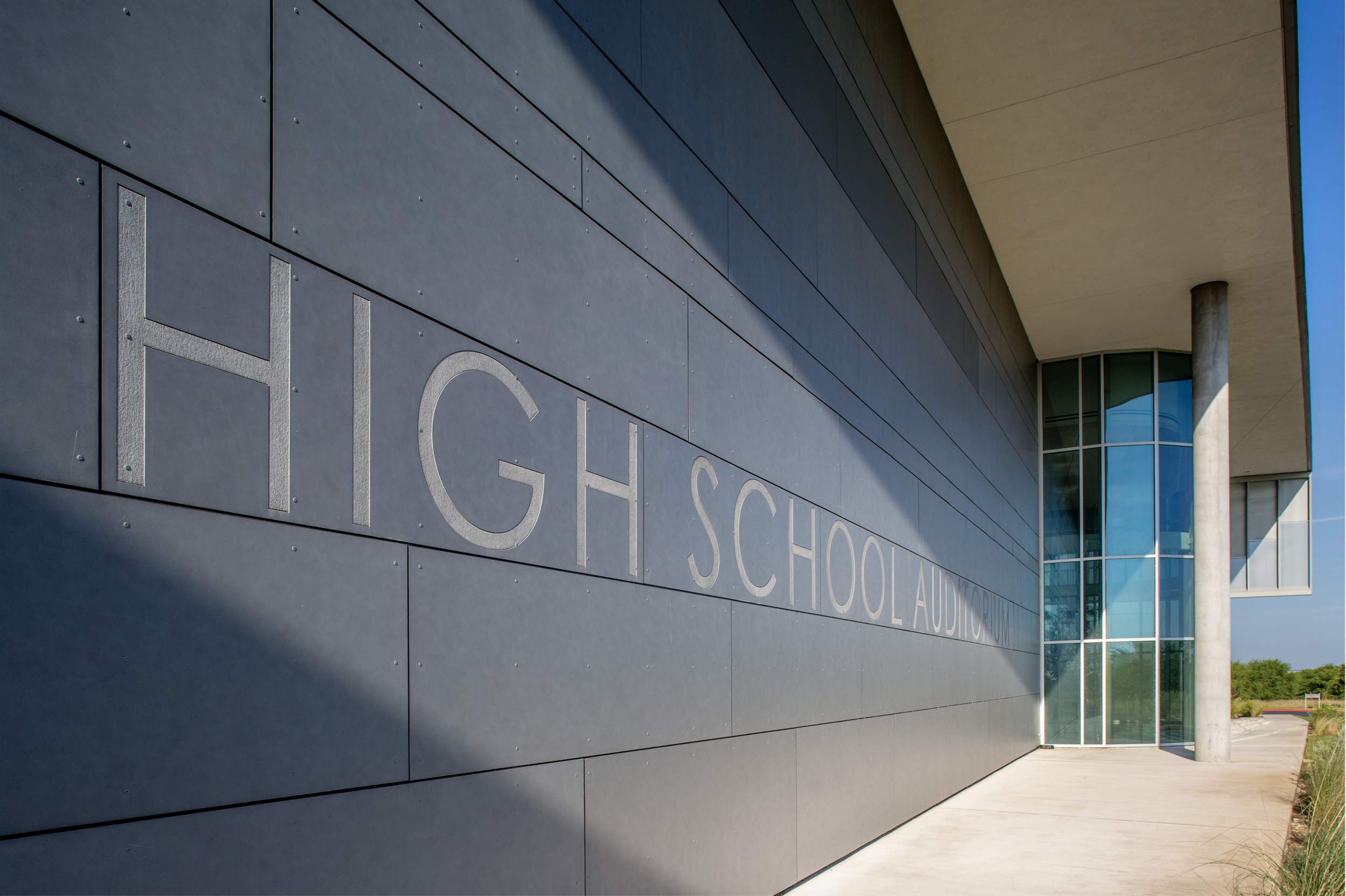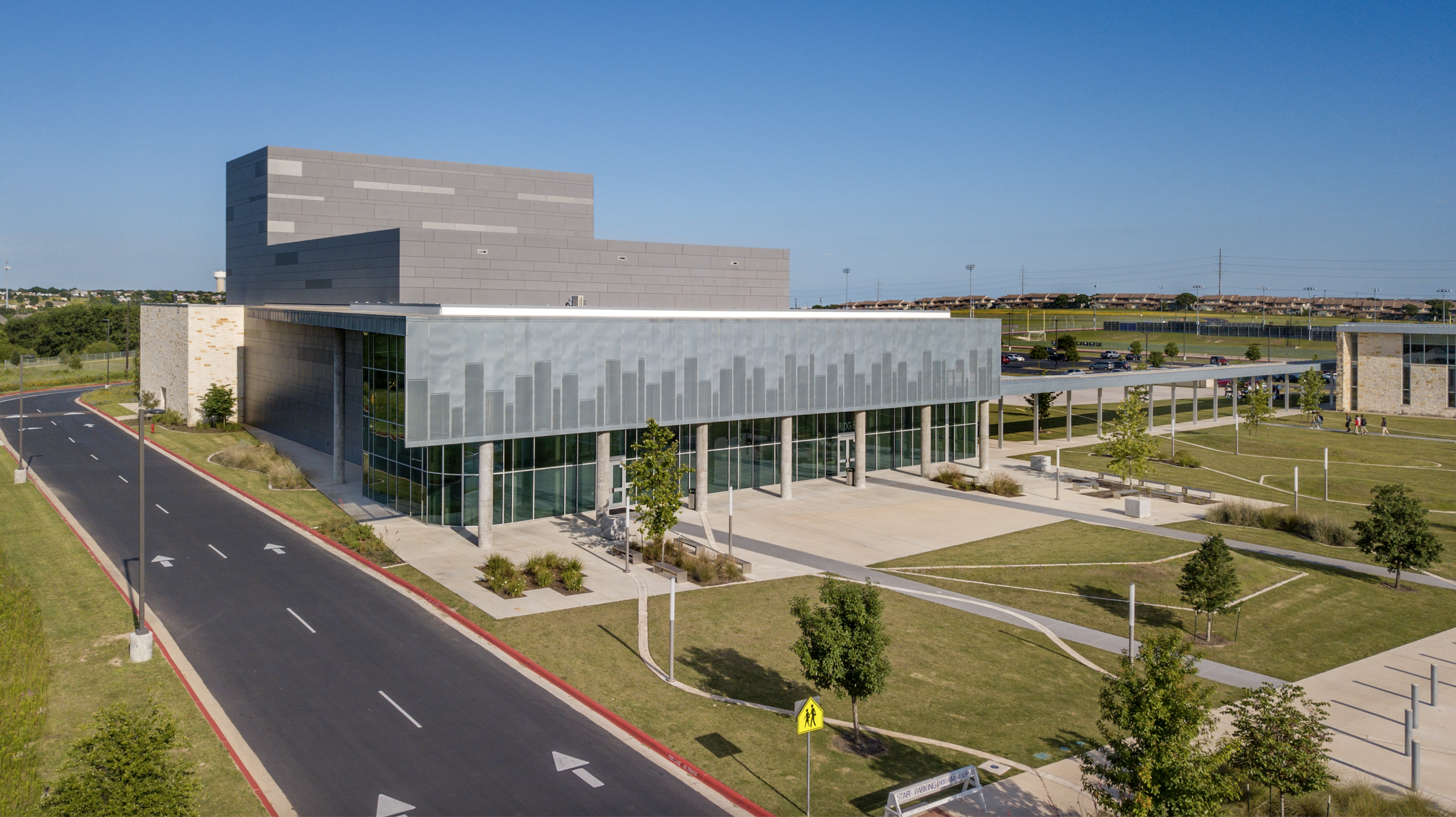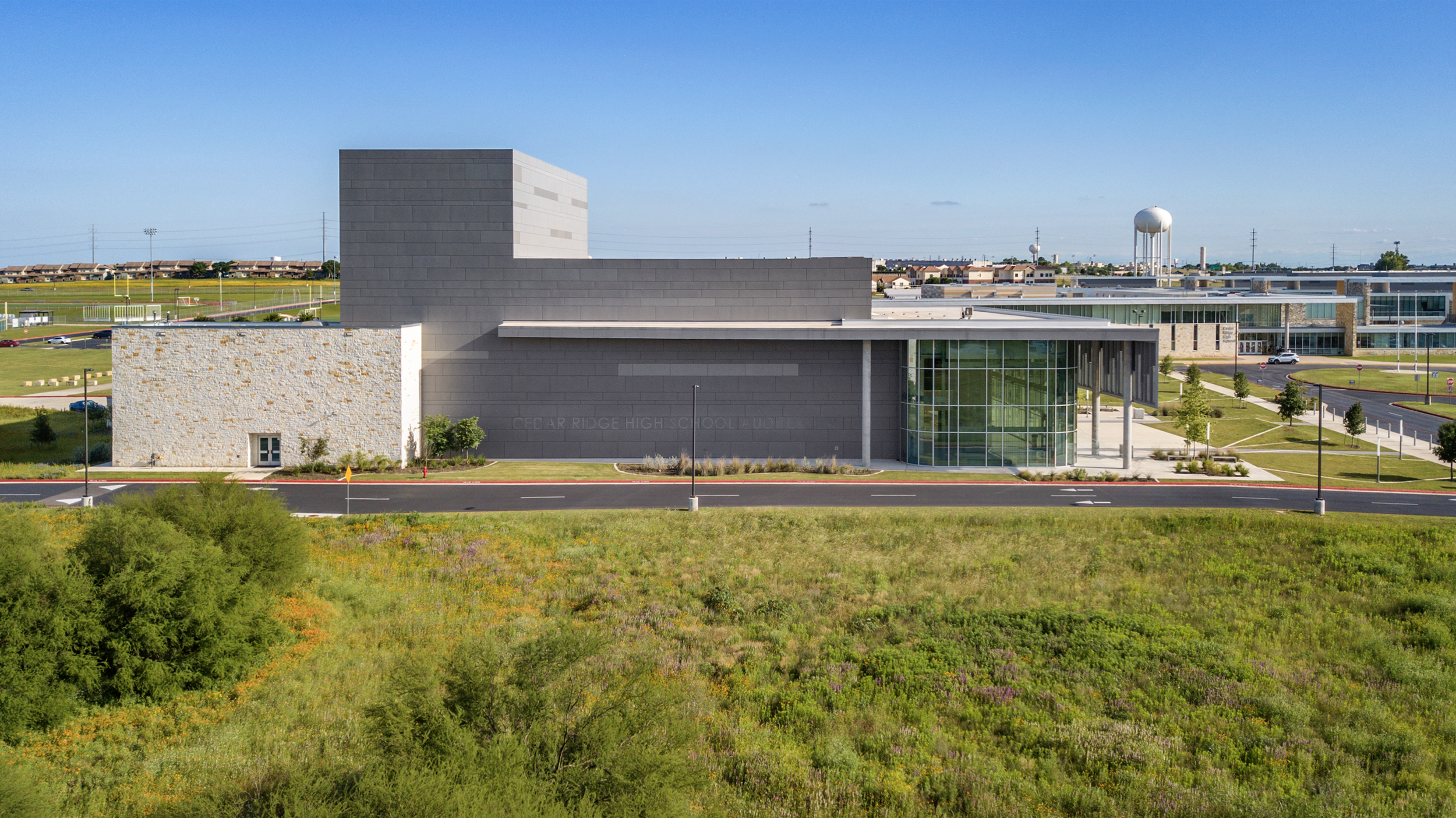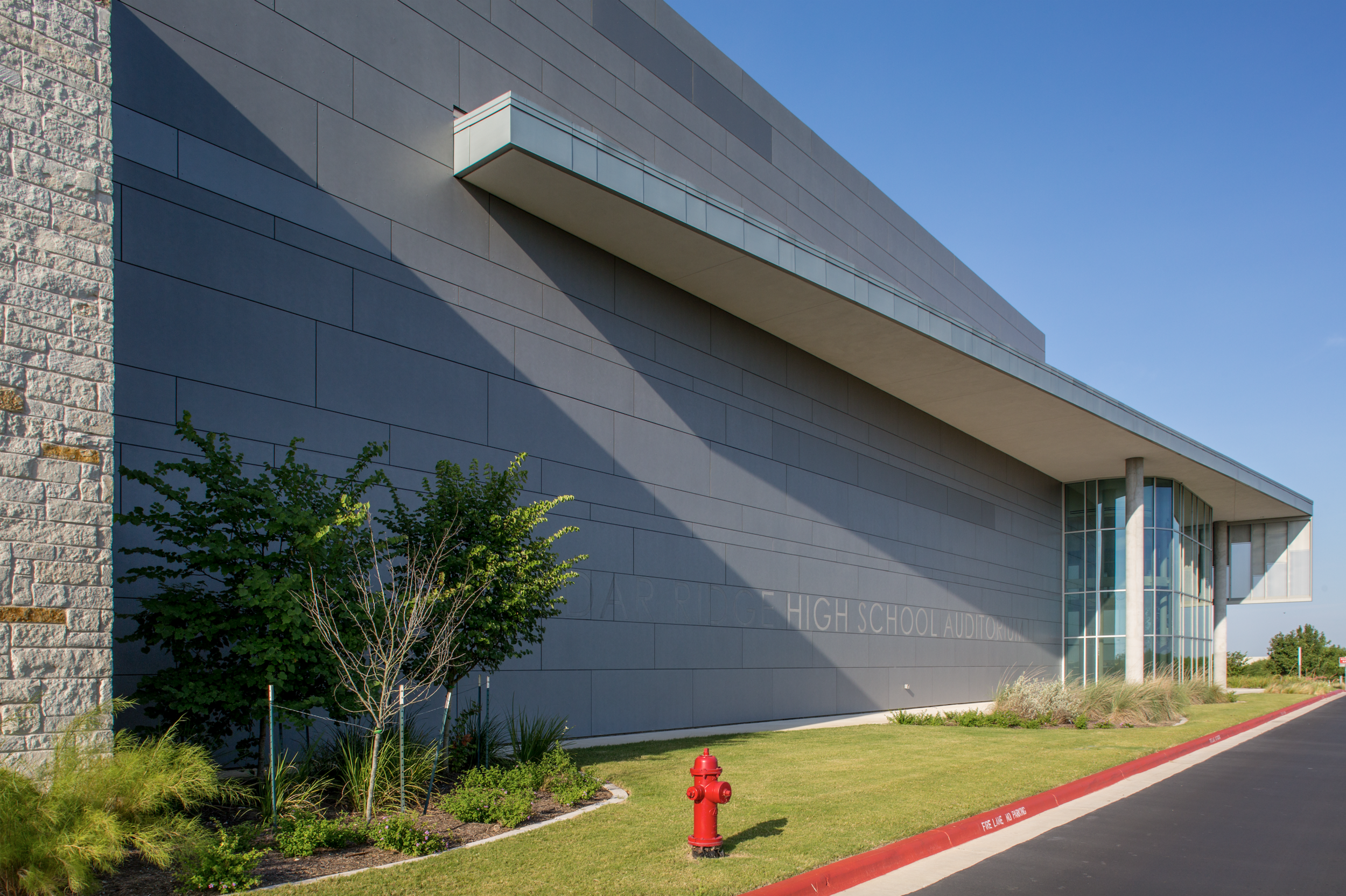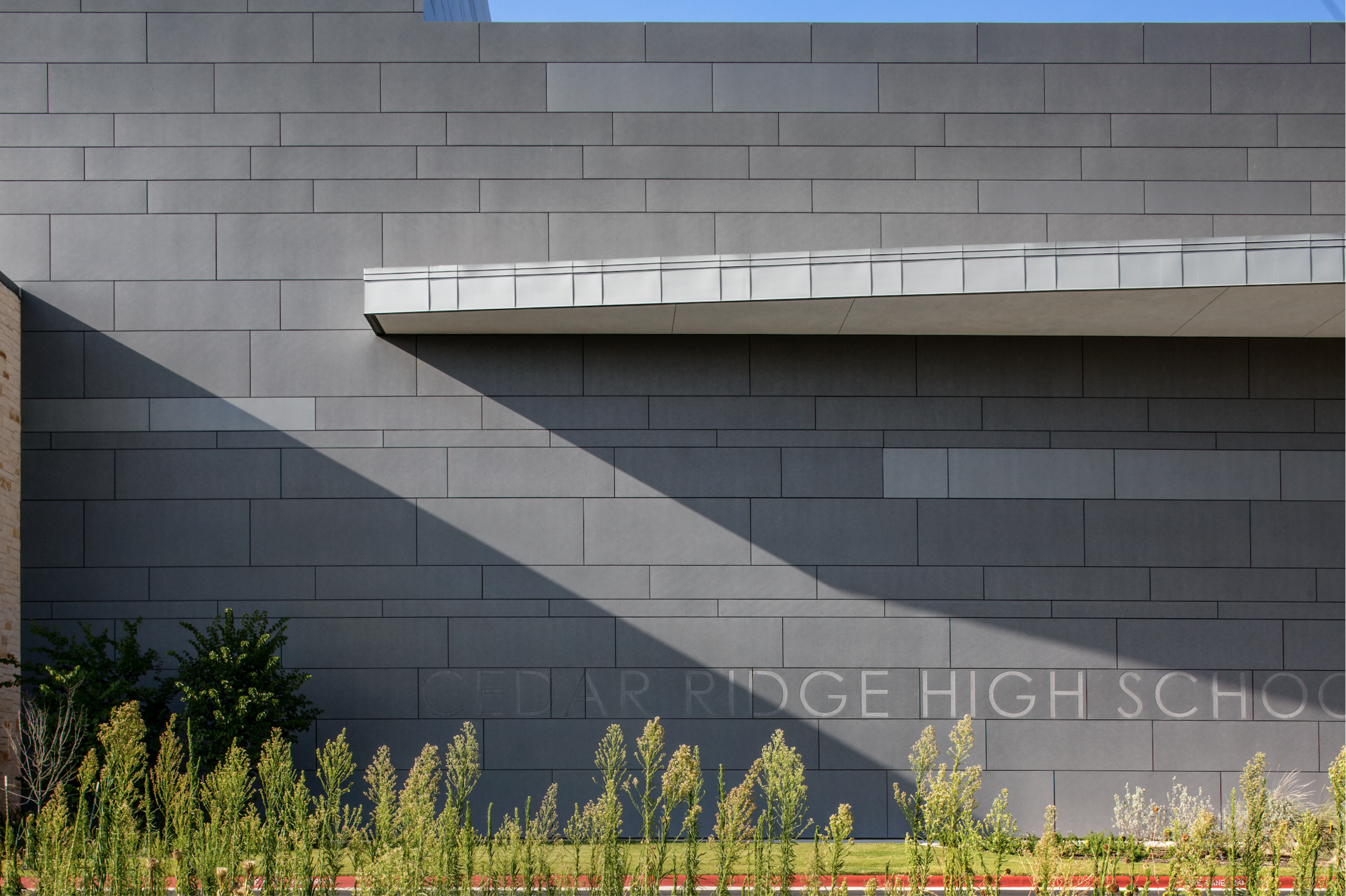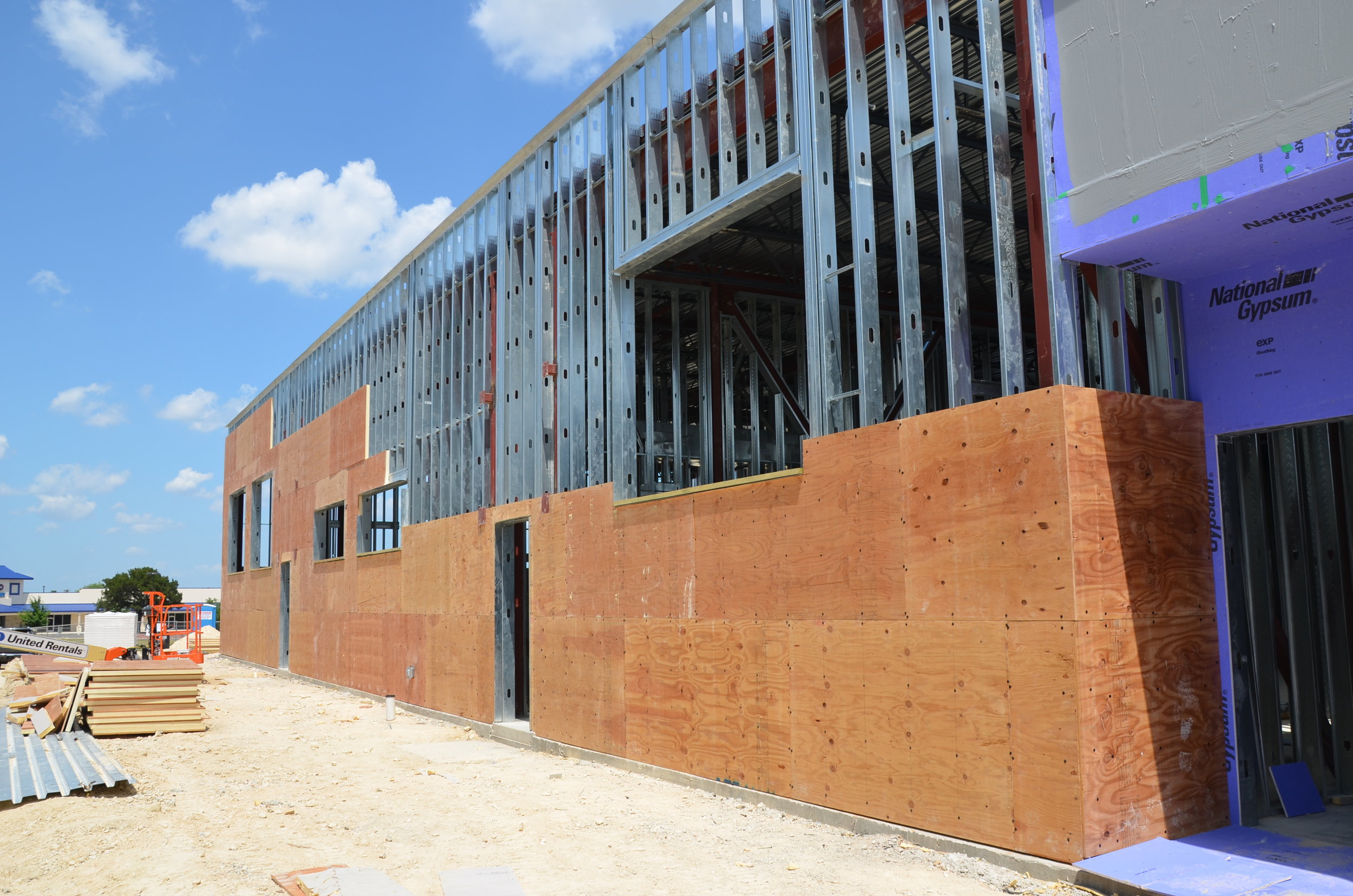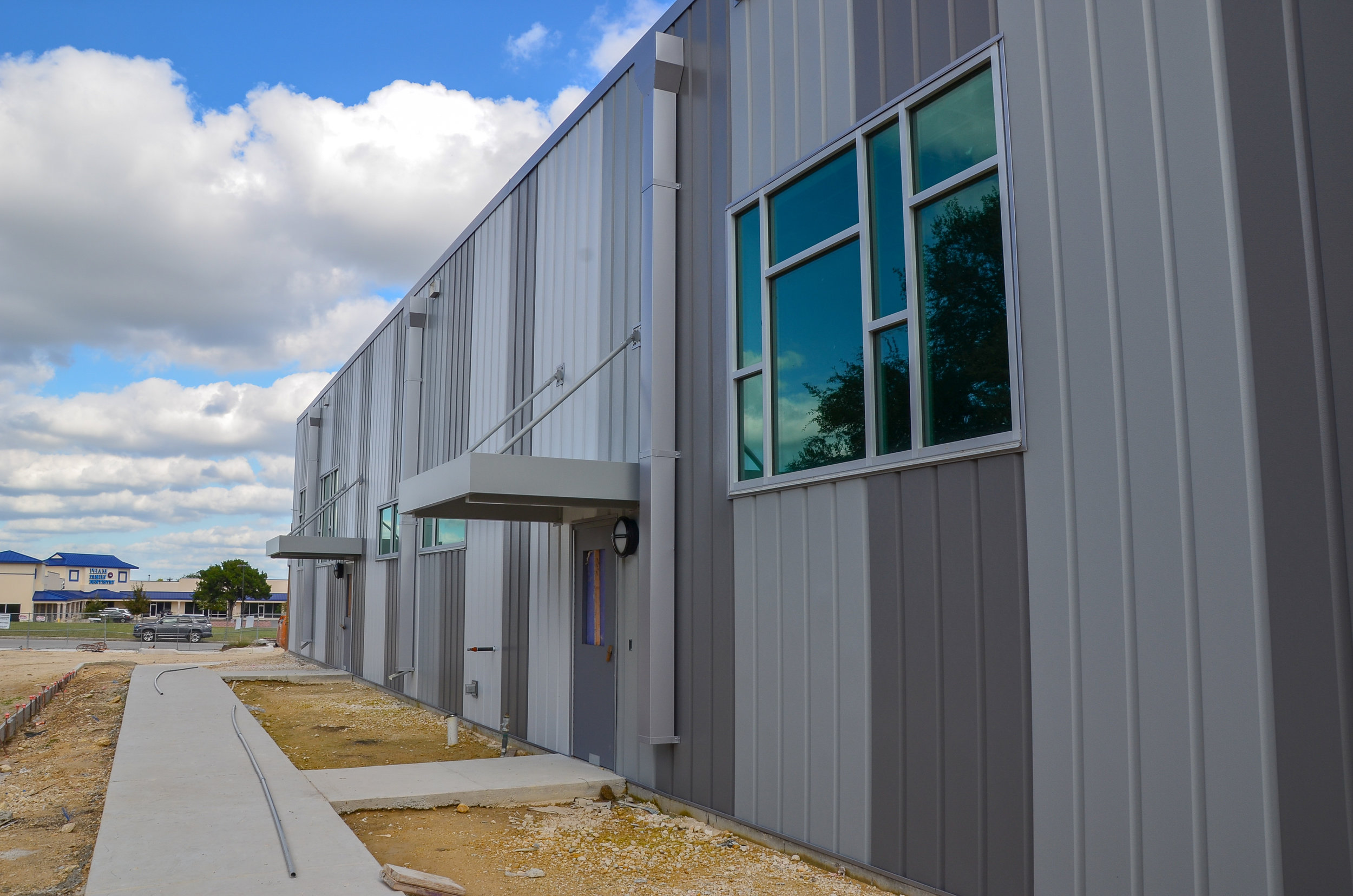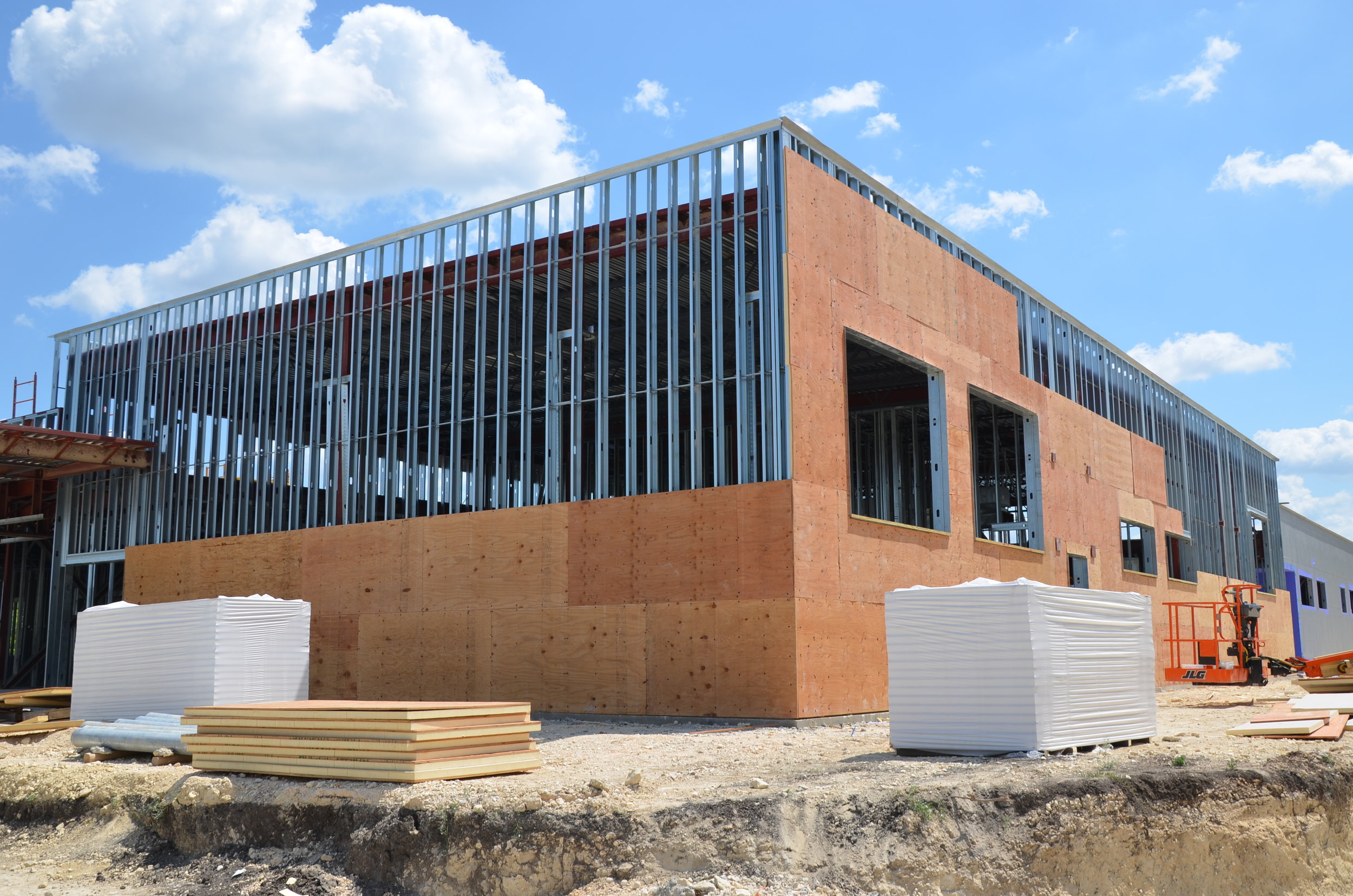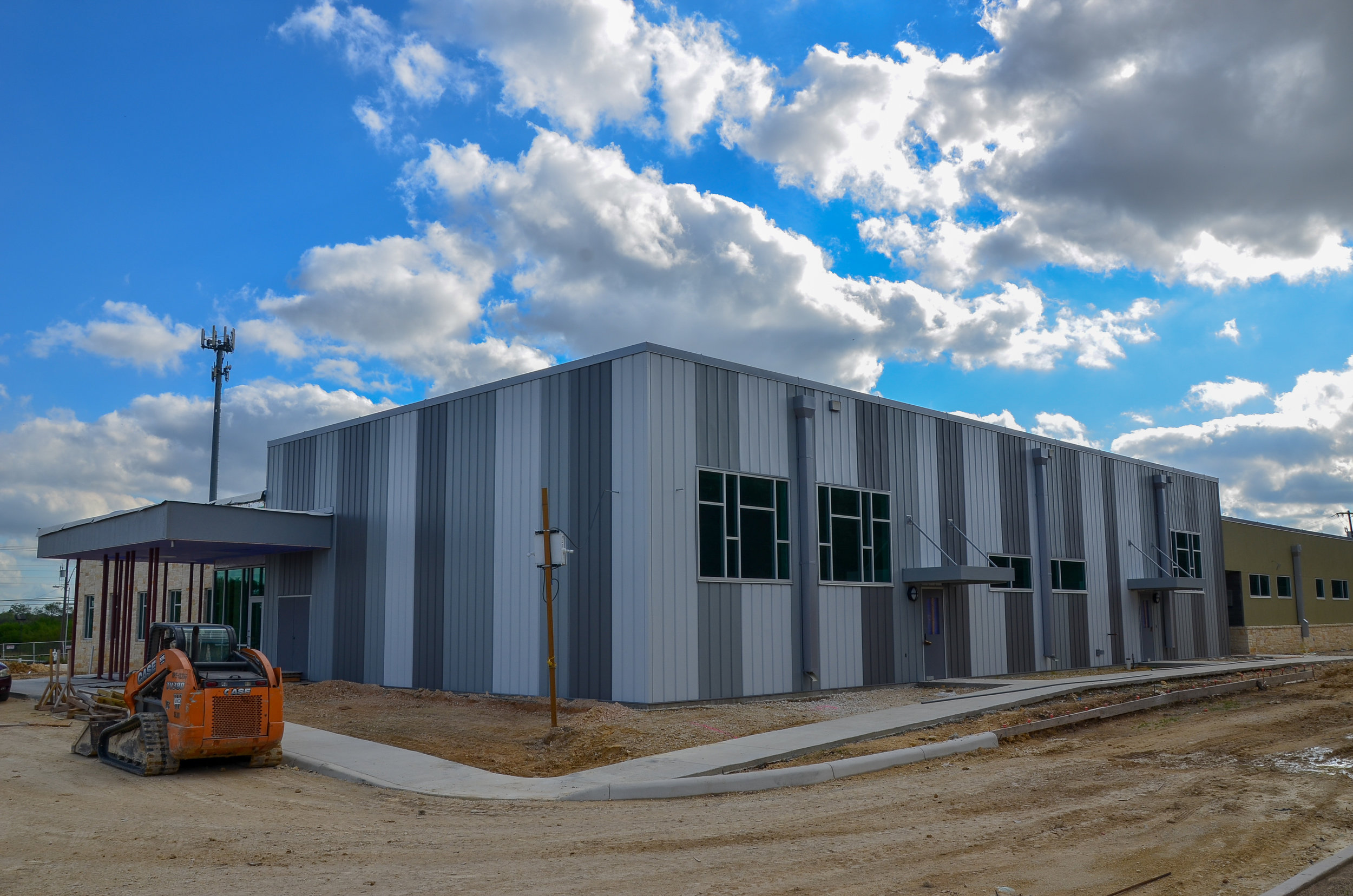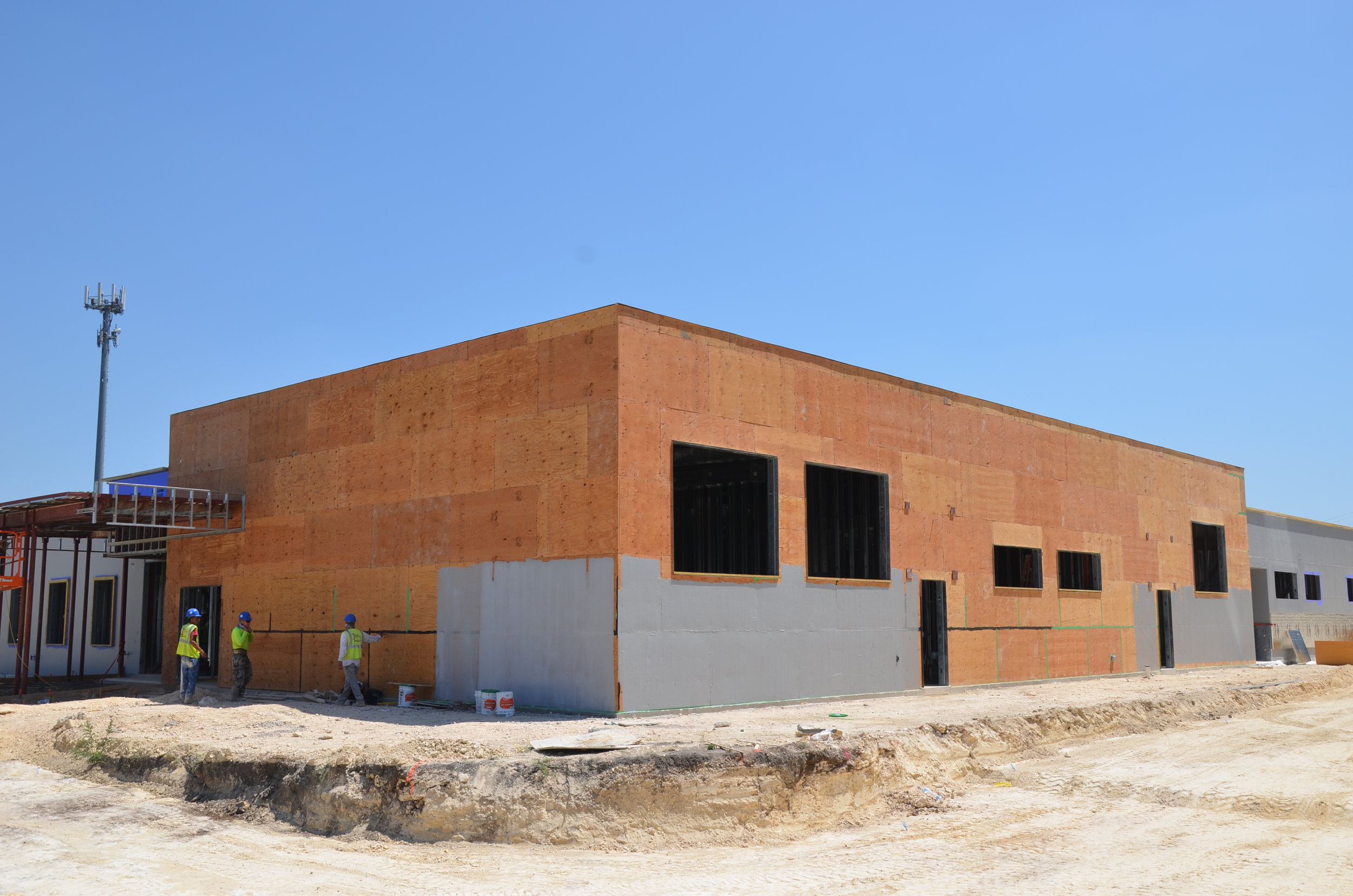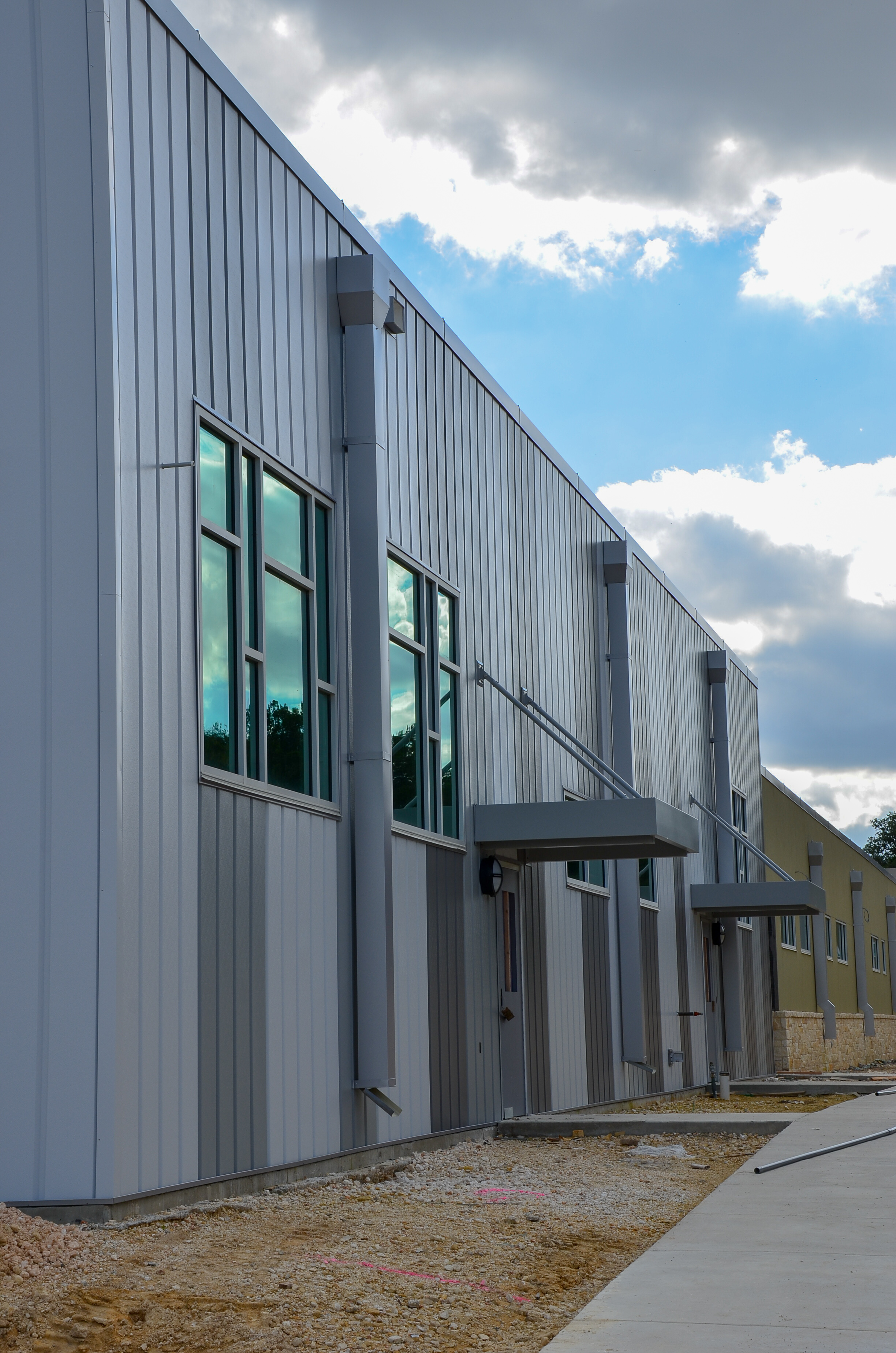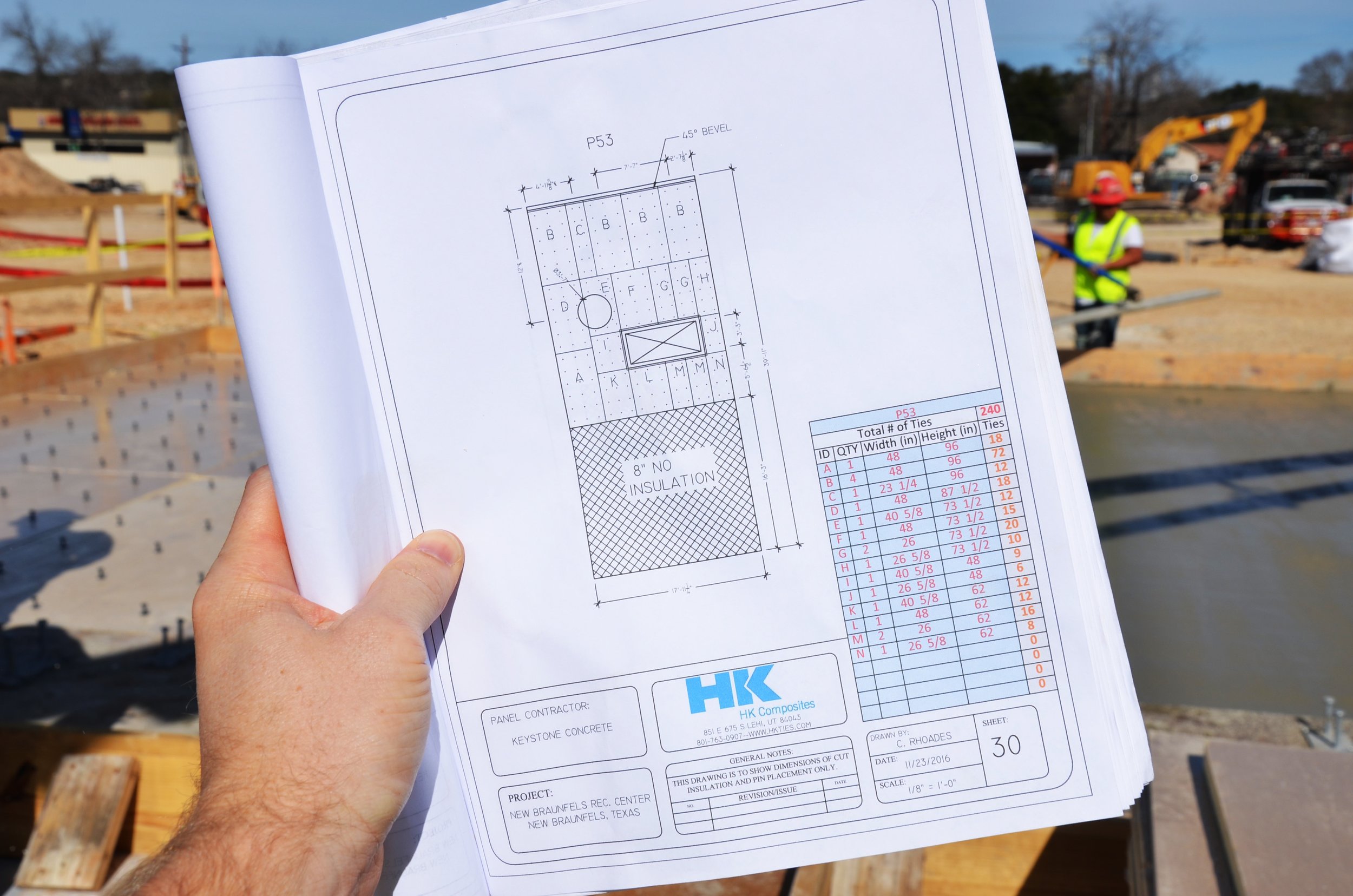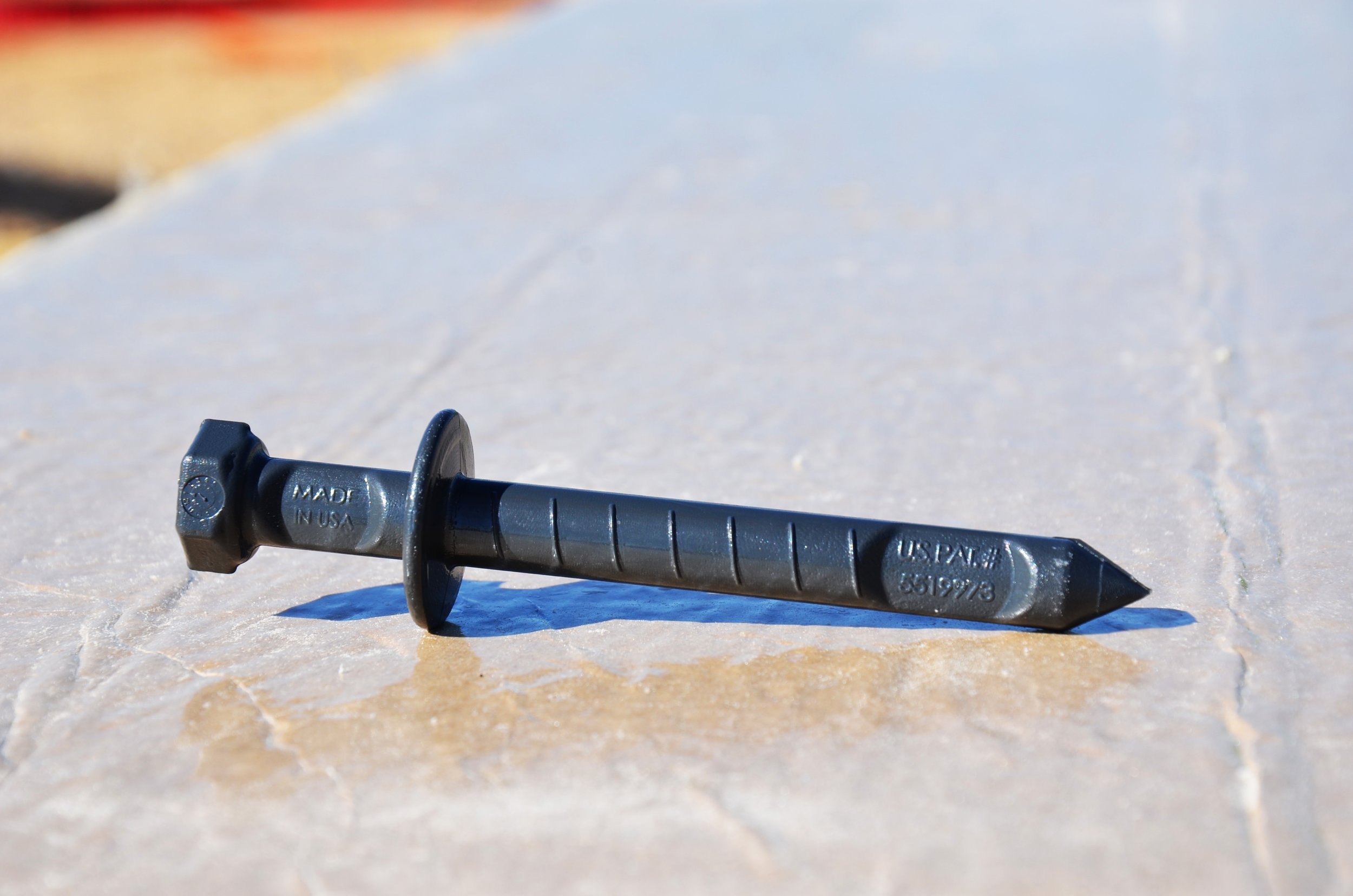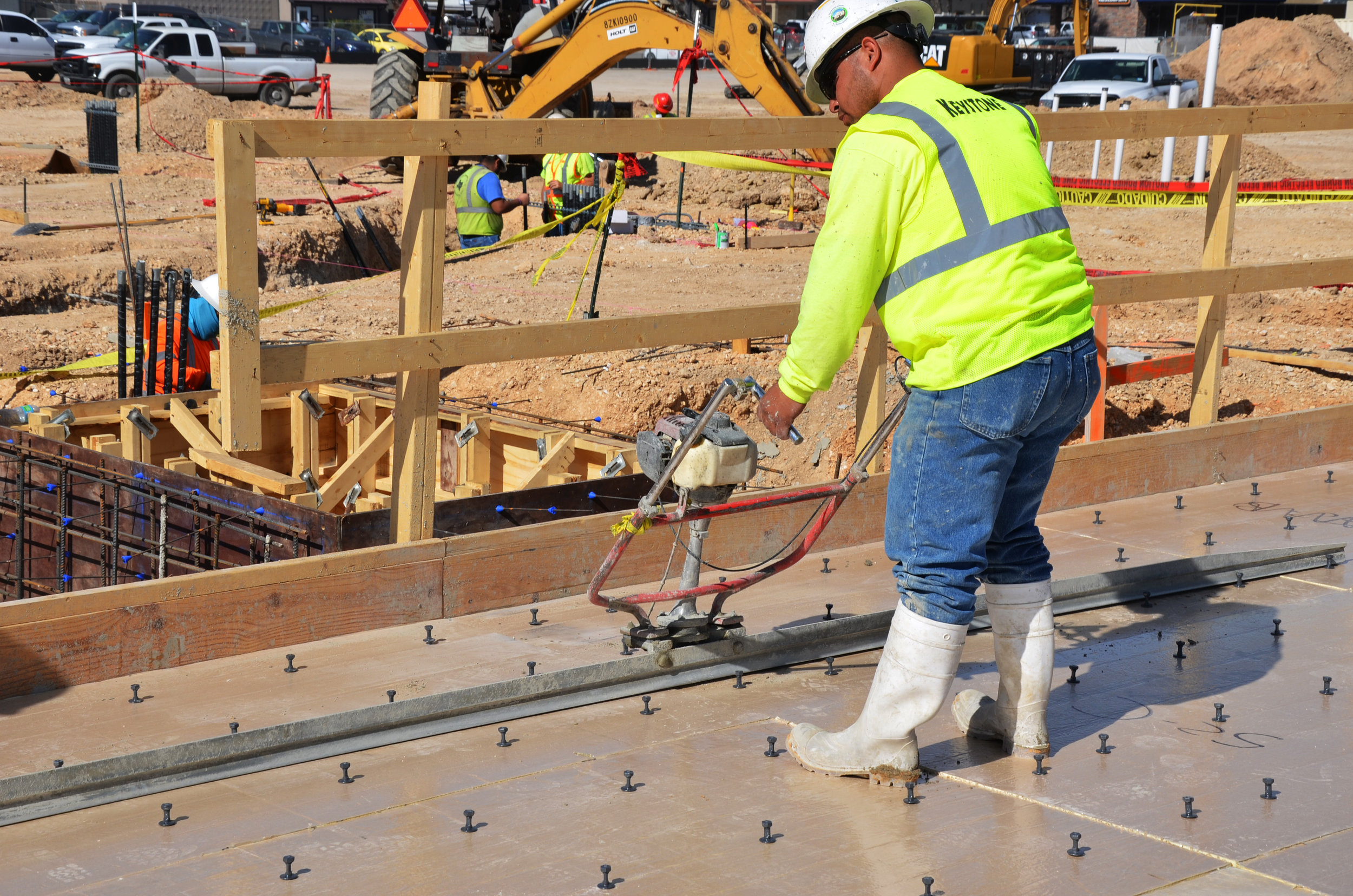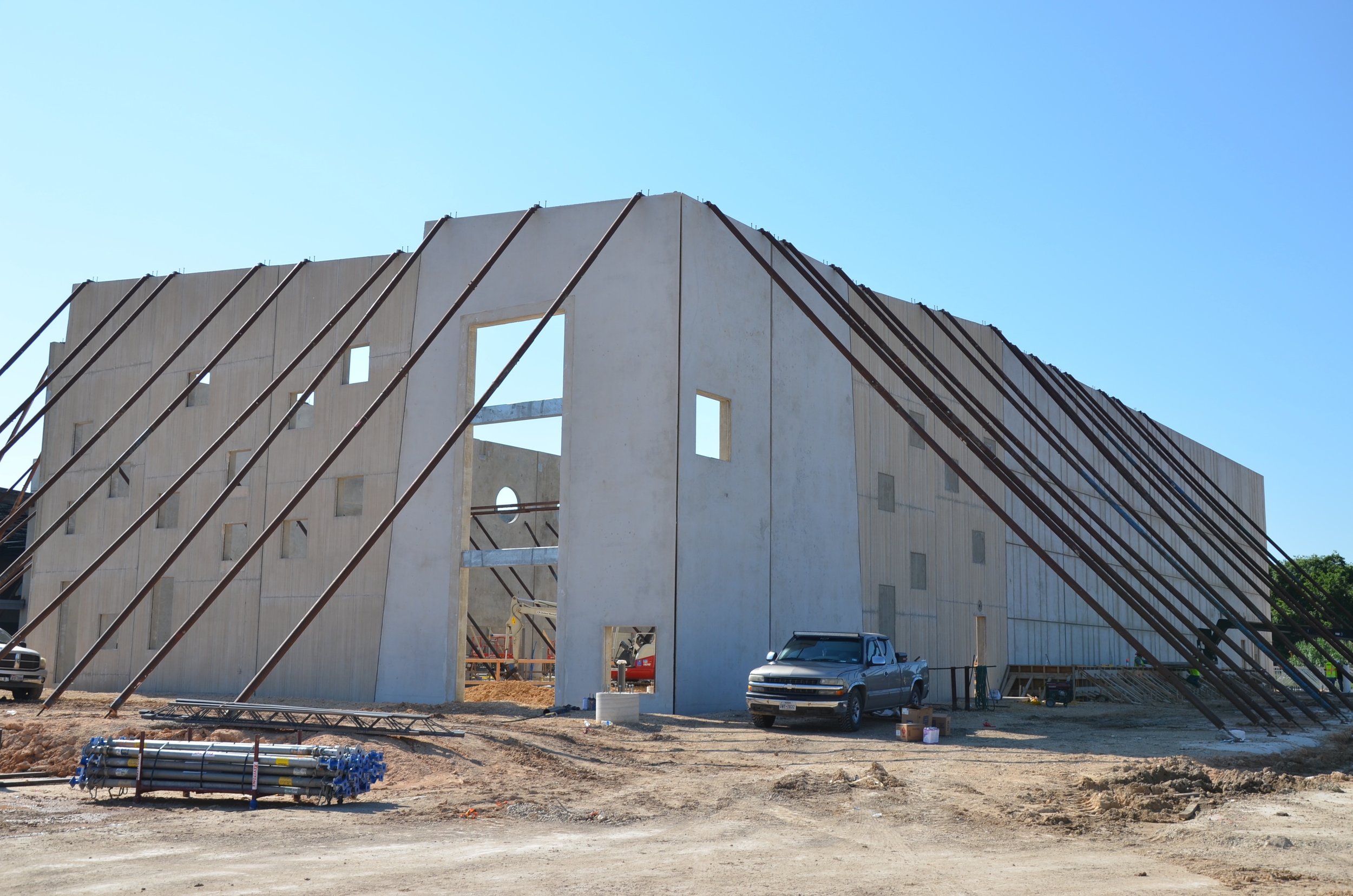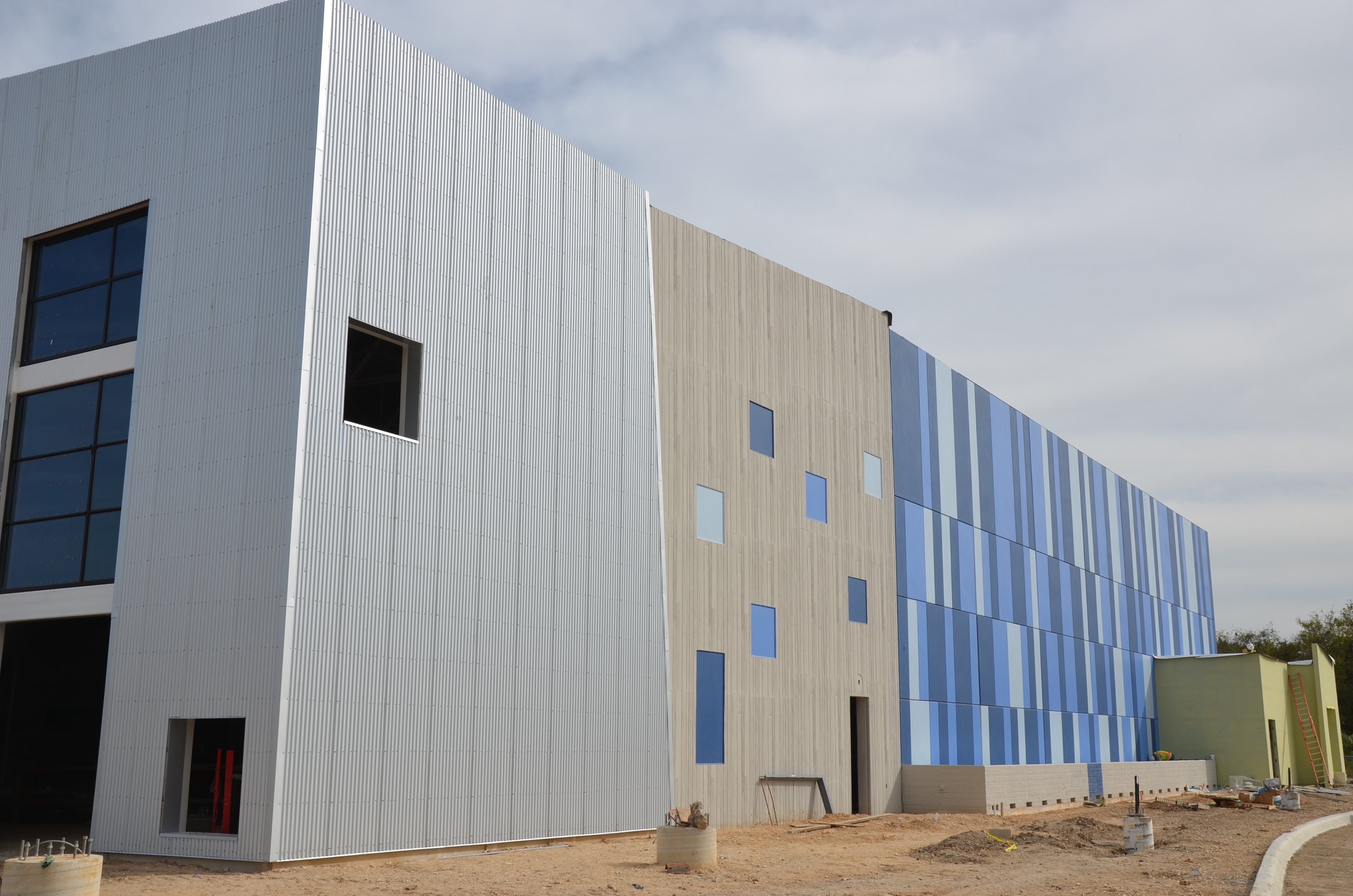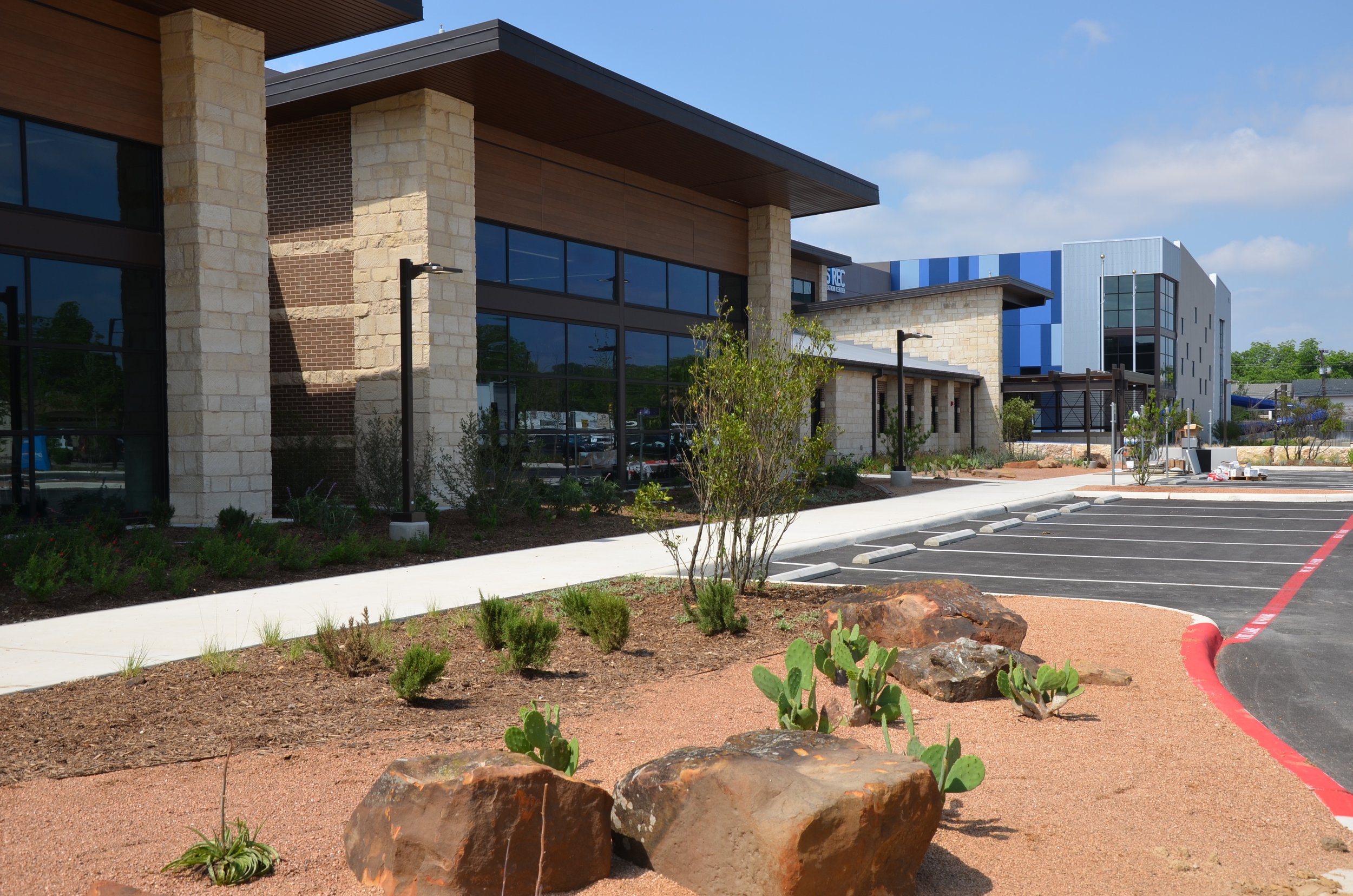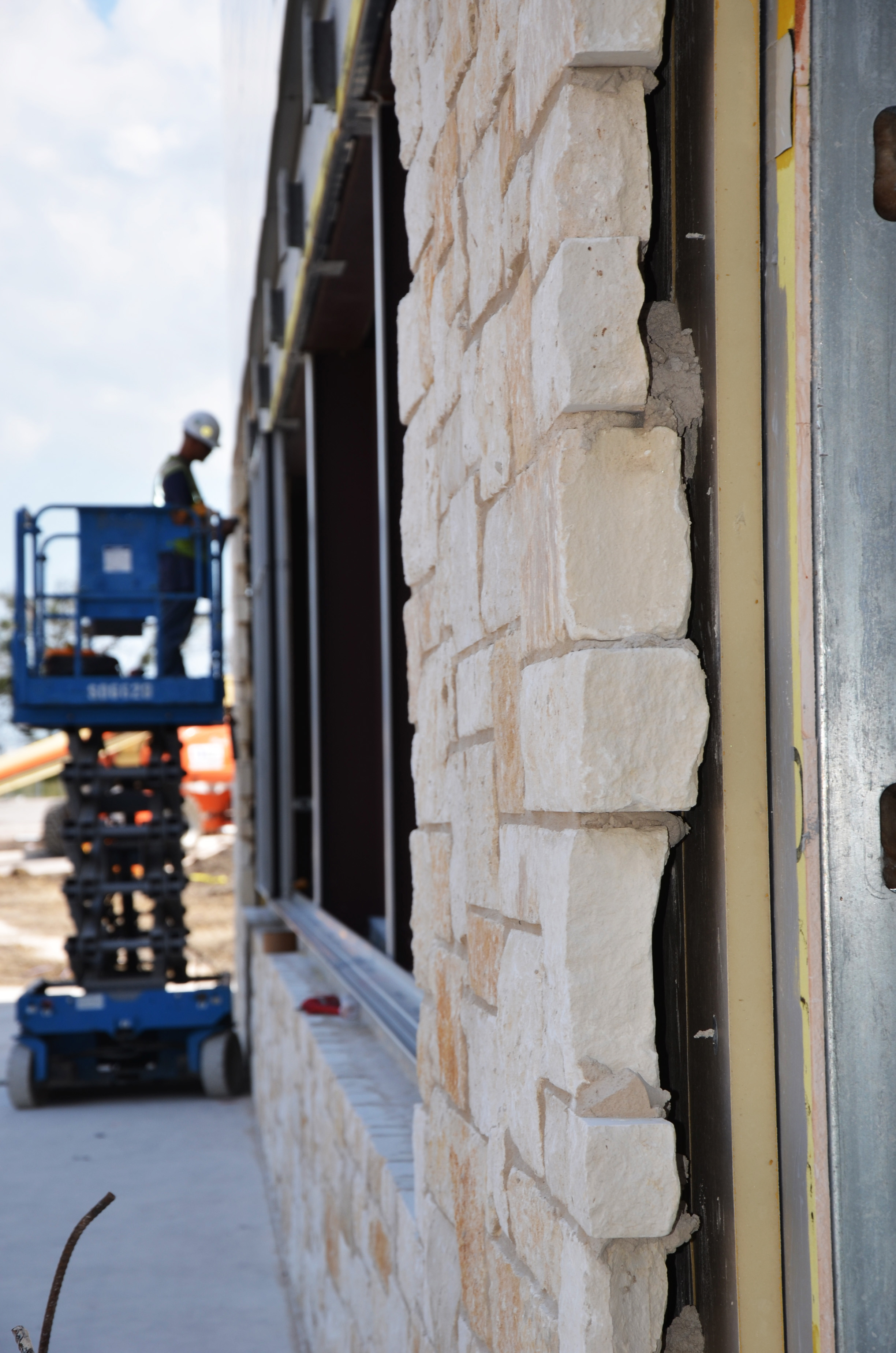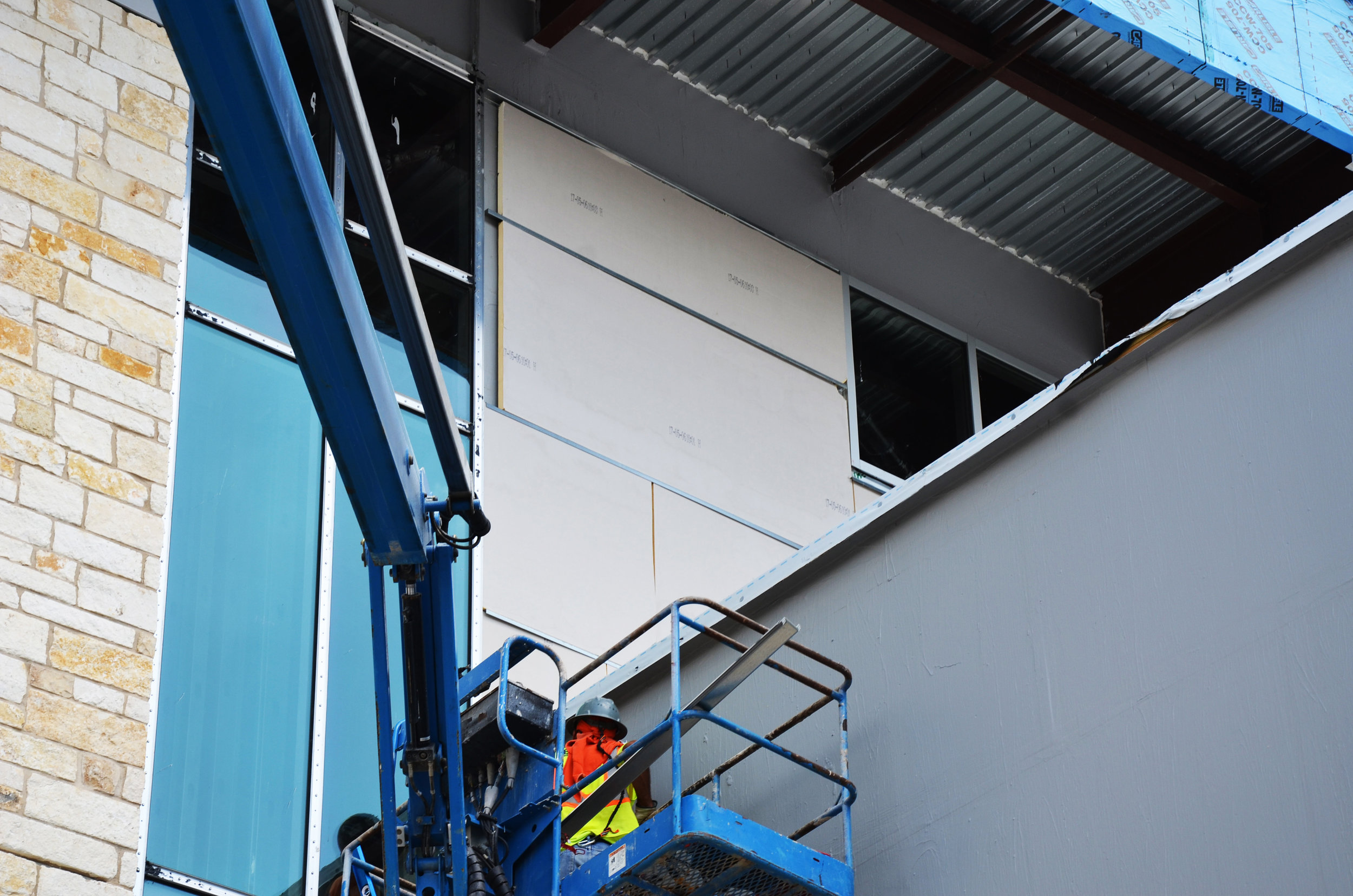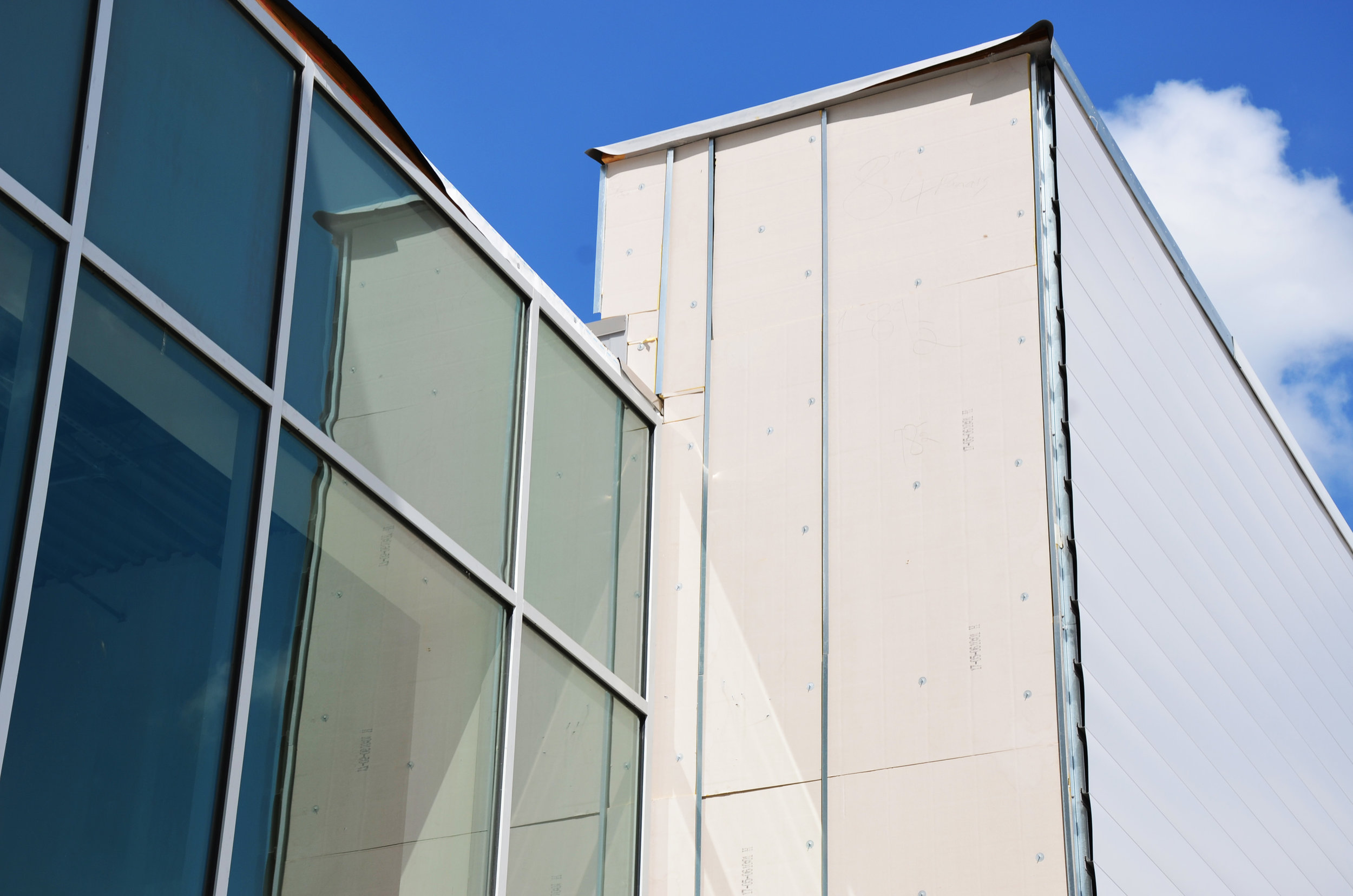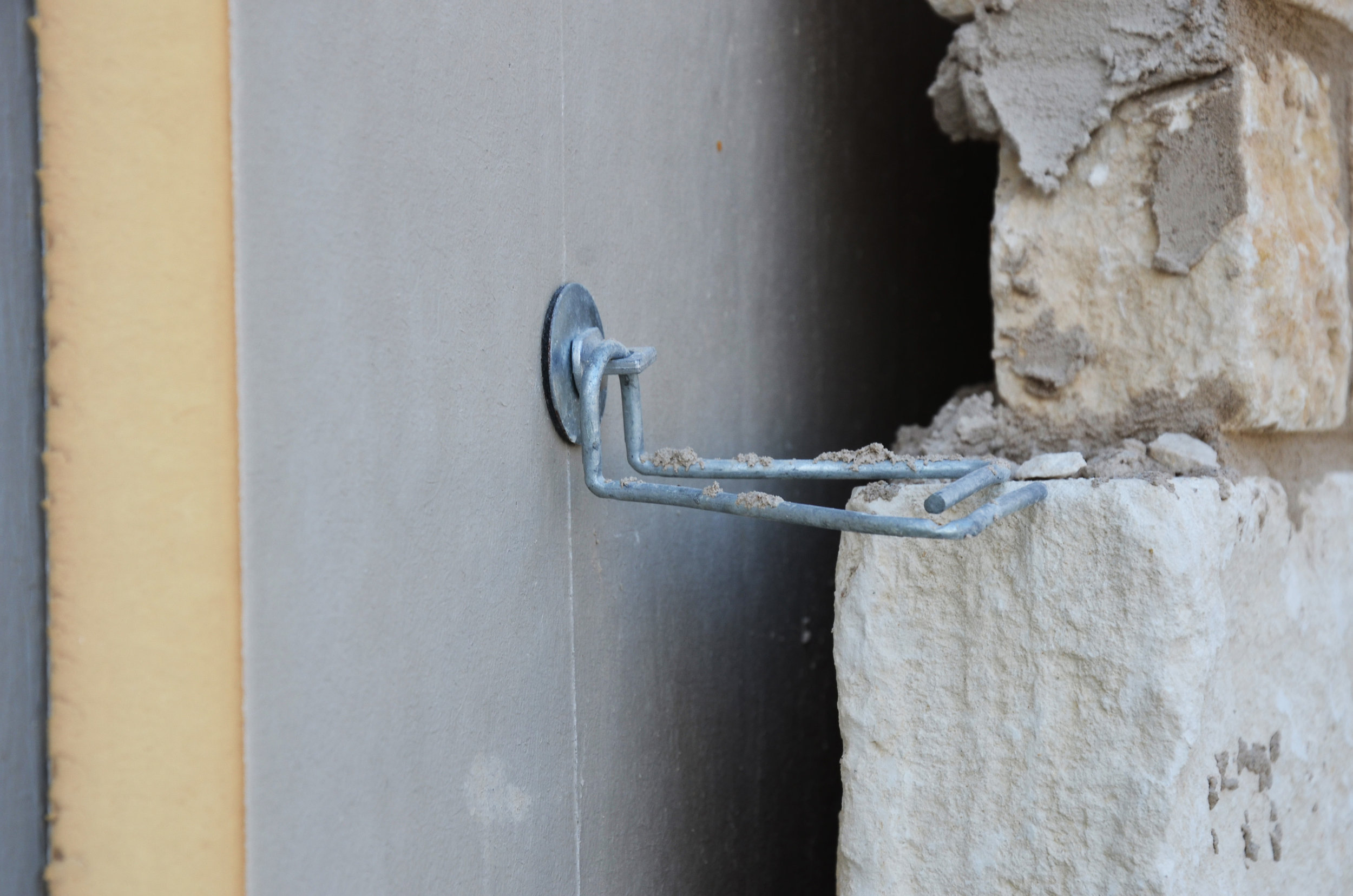The Switzerland of Fiber Cement Panels
/It is always a little strange to learn about something new and find it has been around for a long time. As a building material, you’ve heard of fiber cement panels, but you may not know its leader in quality. A European invention in the late 1800’s, fiber cement panels have provided an excellent choice for interior and exterior applications. But no other company has advanced the technology like Swisspearl Group outside of Zurich. For decades, they meticulously developed new manufacturing methods perfecting their high-density, color-fast panels, while offering new textures and finishes to their lineup. A staple in Europe and Asia, now Swisspearl is solidifying itself out West. In Texas, their panels are showing up everywhere.
In their latest edition of Swisspearl Architecture, “Rising Volumes in Gray” highlights one of Round Rock ISD’s newest facilities, Cedar Ridge High School Auditorium. The gallery below shows the opaque facade, a combination of light natural stone masonry, single skin zinc fascia panels, and dark gray Swisspearl panels (Carat Sapphire 7060 + Reflex Platinum 9020). This combination offers the facade a time-tested and yet modern aesthetic. Swisspearl fiber cement panels have the look of honed stone, but at a fraction of the cost and with a myriad of color and finish options. The design and material choices complement each other on this beautiful auditorium.
Adding Swisspearl to your cladding selection will break the masonry and metal monotony long established as status quo for many commercial and institutional buildings. Such as Cedar Ridge HS, iterations of “running bond” with differing panel sizes is a popular design, one that is interesting to view and economical to install. With Swisspearl, there are countless panel designs that can be created - dare to not be confined.
NVLP Materials began representing Swisspearl in 2019 as an agent for North American distributor, Element Architectual Products. There is an active subcontractor installer network in Texas that can facilitate projects of all sizes and complexity. Typically, Swisspearl panels are installed at prices similar to aluminum composite and other metal panel rainscreen systems. Swisspearl is the only high-density fiber cement cladding panel on the market offering a 20-year panel integrity warranty which covers cracking and warpage, and the only fiber cement panel manufacturer to offer a warranty against efflorescence and color fastness (10-years). Swisspearl panels’ formulation, manufacturing process, and coatings procedure, produces the finest, most durable, color fast fiber cement cladding material in the world.
Be sure to check out the full article in Swisspearl’s magazine edition #28, “Rising Volumes in Gray” (digital). If you think Swisspearl is a cladding solution for your project, please contact us.
- Darren Butler, NVLP Materials
